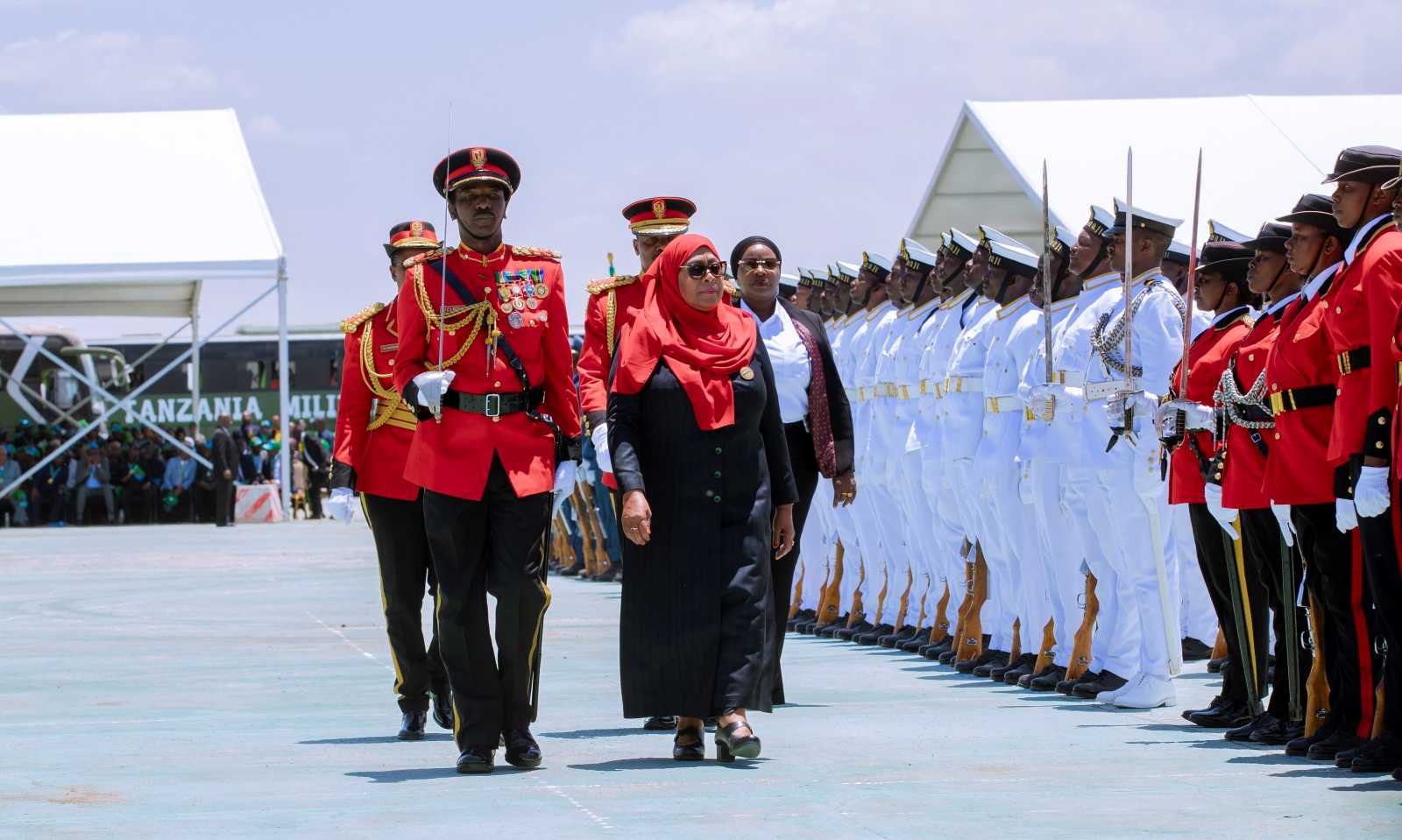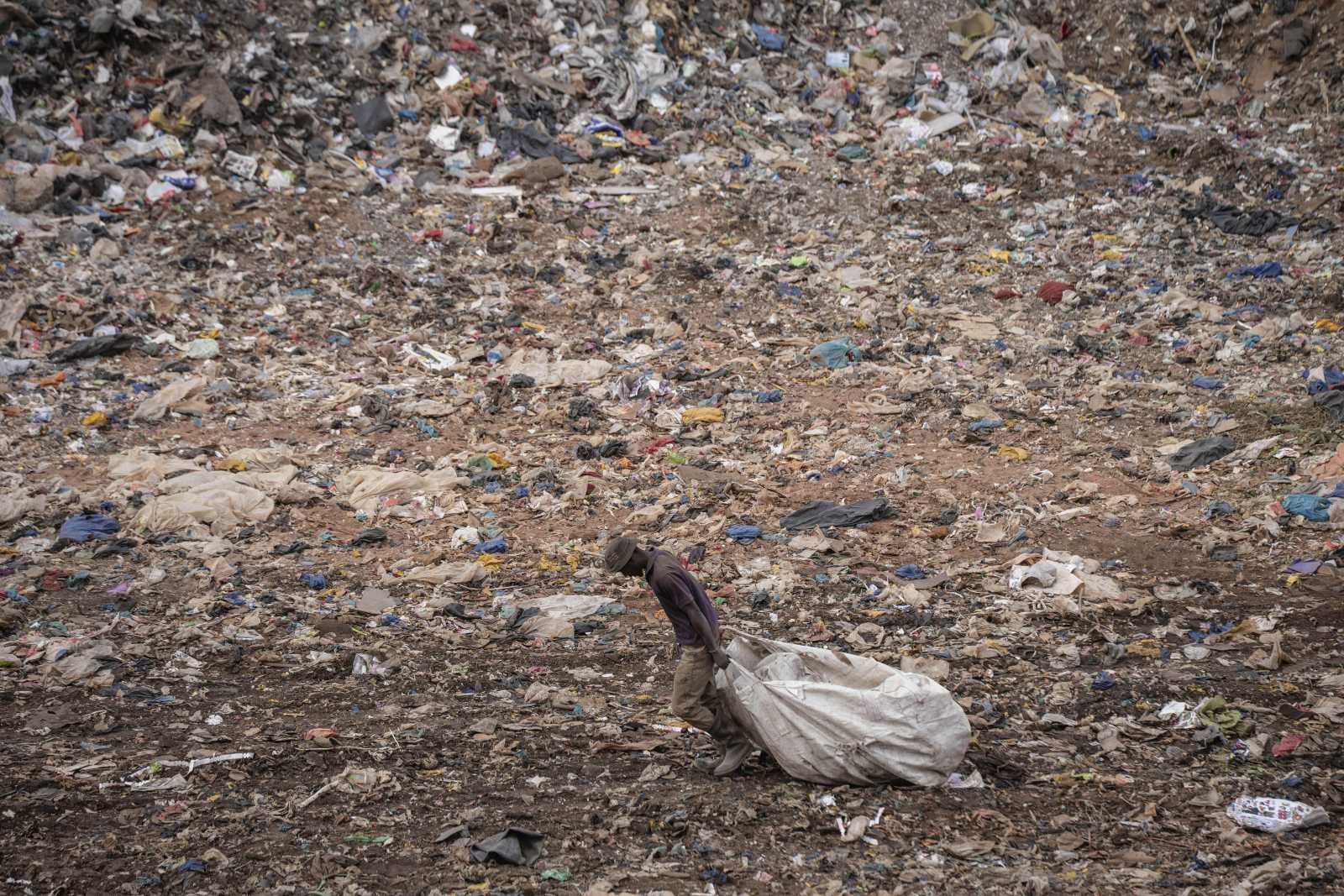Health
Long march towards civil society
[ By Liang-Yin Hsu ]
Last year, the Chinese government estimated that there were 650,000 people living with HIV/AIDS in the People’s Republic. The epidemic may not be anything as devastating in China as it has proved south of the Sahara, but those in charge in Beijing worry that certain risk factors may yet exacerbate the impact. In 2003, after two decades of denial and hesitation, the government committed to fighting HIV/AIDS in a policy called “Four free one care”. It entailed
– free treatment with antiretroviral drugs for people without insurance
– coverage in both rural and urban areas,
– free voluntary counseling and testing,
– free prevention of mother-to-child transmission,
– free schooling for children affected by HIV/AIDS and
– economic assistance to households affected by the pandemic.
The government has since passed a series of regulations. For instance, last year, it issued “Regulations for HIV/AIDS prevention and control”, outlining the responsibilities of the central and local governments as well as stipulating the rights and responsibilities of infected persons. In response to the HIV/AIDS challenge, the government also took some tough decisions. Today, it supports needle-exchange programmes for drug users. It has also established sites for methadone-maintenance therapy. Moreover, it is promoting the use of condoms, thus implicitly acknowledging the phenomenon of prostitution.
Because of China’s evident determination to tackle the problem, international partners are prepared to support the enforcement of its policy with large amounts of money. One example is the Global Fund to Fight AIDS, Tuberculosis and Malaria (Global Fund), which granted China approximately $ 200 million since 2003. This funding has had a healthy impact on the country – not only so in terms of fighting the disease, but also in terms of promoting civil society.
Experience in other countries shows that successful HIV/AIDS intervention programmes depend on civil-society involvement. Nonetheless, most grassroots NGOs (non-governmental organisations) in China were long prevented from playing any active role. Even today, regulations still pose various obstacles. It is difficult for NGOs to obtain a formal legal status. Moreover, they usually have only very limited access to funding.
In HIV/AIDS programmes, however, the Global Fund stresses the active involvement of NGOs along with government agencies and the private-sector enterprises. In early 2002, China set up a “Country Coordinating Mechanism” (CCM). The CCM facilitates the submission of proposals to the Global Fund. In line with Global Fund demands, the CCM today includes
– representatives from various levels of government,
– multilateral and bilateral agencies,
– non-governmental organisations,
– academic institutions,
– private-sector companies as well as
– people directly affected by HIV/AIDS.
The CCM thus gives more scope to civil-society organisations than is normally the case in official bodies in China.
Social control remains tight in People’s Republic, and civil-society activities remain weak. The CCM was not as open in the beginning as it has become in the meantime. Indeed, the NGO representatives and the HIV-positive persons in the CCM were initially chosen by the government itself. Moreover, the NGO seats were given to “government-organised NGO”, or GONGOs.
Critics abroad were fast to point to these shortcomings. But in spite of the distortions, the new concept behind the CCM was significant for China. For the first time, NGOs and people with HIV infections nominally took part in policymaking, even though they had no substantial influence. And that is not how things stayed. The CCM was reformed, and in this process, grassroots NGOs, social activists and scholars played important roles.
In November 2004, a CCM Special Working Group was established. It drafted a new version of the CCM’s terms of reference (CCM TOR) and then invited comments. Discussions mainly revolved around issues of transparency within the CCM and rules for eligibility. In February last year, the new version of the CCM TOR was published, redefining the composition of the body and decreasing membership from 54 to 22 persons. It also clarified duties and powers of various CCM bodies and subdivisions. Grassroots NGOs are now actively involved, even though unregistered NGOs remain excluded.
Under the new rules, the CCM Secretariat organised the elections of the various sector representatives at the end of April 2006. Some NGOs claimed that the process was flawed. In May, an NGO called Aizhixing therefore funded and organised an alternative election. Some 70 grassroots NGOs participated, compared with the 18 NGOs involved in the one convened by the CCM Secretariat. Unsurprisingly, the CCM Secretariat refused to accept the validity of the alternative election, arguing that it was itself the only body with the mandate to convene an election.
In order to resolve the dispute, the CCM plenary established an ad-hoc working group, chaired by UNAIDS, to review the process. Two independent consultants were invited. But even though the dispute was settled in favour of the original decision of the CCM Secretariat, it had important implications for both sides. The CCM had responded with a great deal of so far unknown tolerance. On the other hand, grass-roots NGOs had been allowed to challenge the rules and the status quo, initiate debates and win influence.







